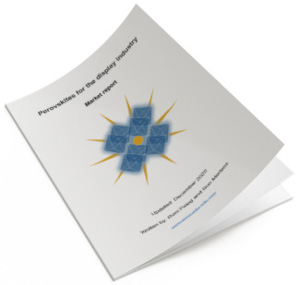Tip-induced strain engineering of single metal halide perovskite quantum dots
A joint research team, affiliated with Korea's UNIST, has developed a novel method capable of controlling the brightness and wavelength of quantum dots (QDs). The work was led by Professor Kyoung-Duck Park in the Department of Physics at UNIST, in collaboration with Professor Sohee Jeong in the Department of Energy Science from Sungkyunkwan University (SKKU).
The research team demonstrated the tip-induced dynamic control of strain, bandgap, and quantum yield of single CsPbBrxI3'x pQDs by using a controllable plasmonic nanocavity combined with tip-enhanced photoluminescence (TEPL) spectroscopy.










